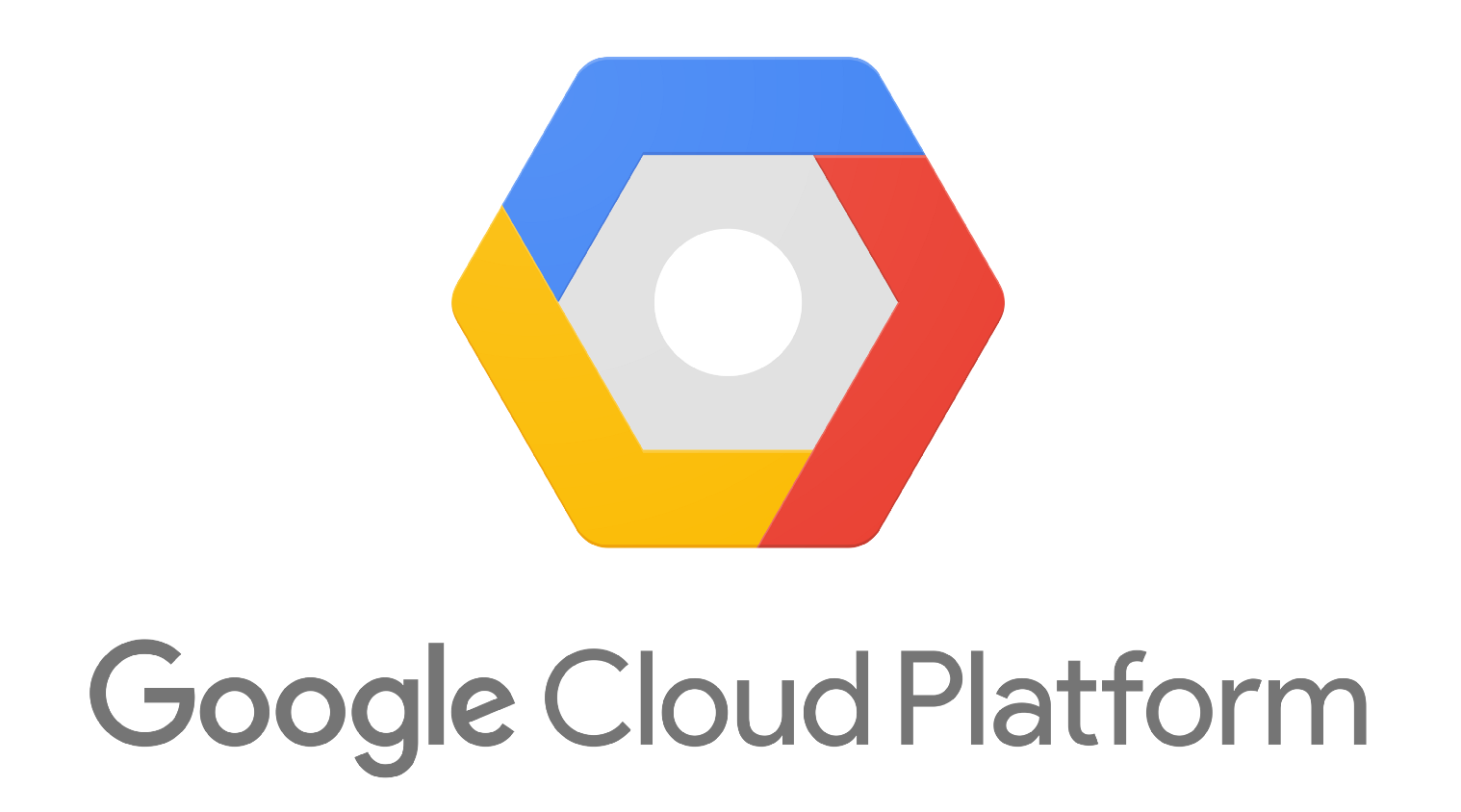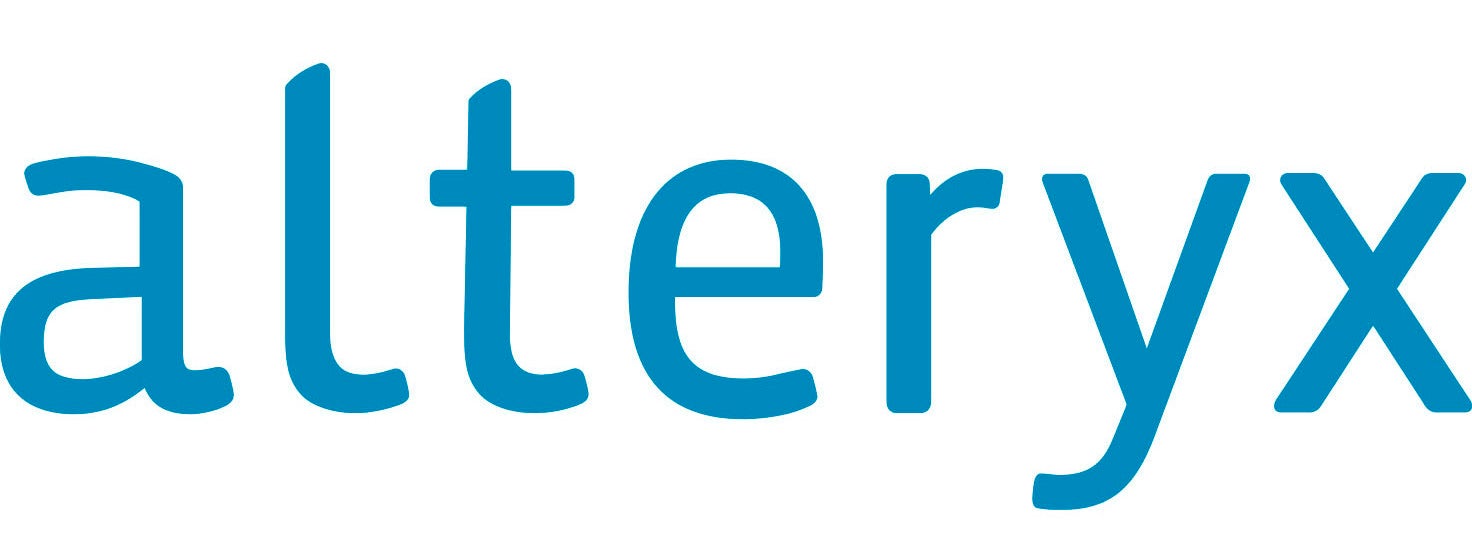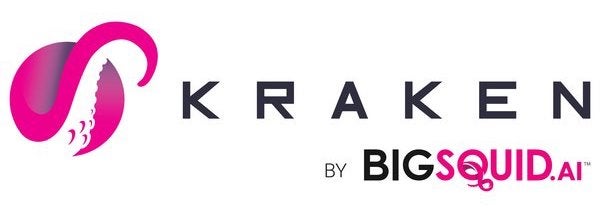Machine learning, one of the driving components of artificial intelligence, has emerged as a leading factor in digital business transformation. As enterprises seek to harness the oceans of data and processes generated in this digitization shift, AI and machine learning have become valuable tools that allow companies to leverage that data to make insights and predictions that lead to calculated decision making.
As the adoption of AI in enterprises continues to grow, organizations have begun to see the value in establishing data science and analytics teams to elevate and expand the use of machine learning throughout the enterprise.
Table of Contents
What is Machine Learning?
A foundational factor in AI, machine learning is a type of data analysis that uses algorithms to identify patterns that allow systems and software to learn and predict outcomes without any programming. Also, known as predictive analytics, machine learning is at work every time we scroll through recommendations on Netflix, ask Siri the weather, or conduct a search on Google.
Like humans, machine learning algorithms learn by experience. This learning generally falls into two categories:
Unsupervised learning algorithms use unlabeled data, leaving the machine to figure out what patterns it can find and create structure from those findings. Unsupervised learning is not as popular as supervised learning, but it has several use cases, including in marketing to identify customer segments and genetics to identify DNA patterns.
Supervised learning algorithms are trained using labeled data to tell the machine what patterns to seek out. The most prevalent kind of learning algorithm, supervised learning is learning by example that teaches the machine overtime to accurately predict outcomes and classify data when introduced to unlabeled data. It is used in a number of applications, including predicting house prices and fraud detection.
Also read: How Machine Learning Shapes Artificial Intelligence Technologies
Machine Learning in ITOps
As IT teams come under increased pressure to manage and process an inordinate amount of data in a variety of complex infrastructures — on-premise, cloud, and hybrid — the value of machine learning comes into full view. With automation as a key factor in improving IT and data management, AI and machine learning (AIOps) offer improved operational efficiency and can become an invaluable tool in systems monitoring, anomaly detection, event prediction, and service ticket management.
Organizations seeking to harness the power of machine learning have begun building data science teams that include ML specialists, data scientists, and data engineers, to:
- Build data governance frameworks using AI and ML
- Integrate ML into their products and services
- Use ML algorithms to create solutions for proprietary and/or industry problems.
With the ability to address a wide range of operational problems while delivering valuable insights that can influence decisions and improve goal planning, machine learning platforms and software can provide actionable and effective solutions.
Read more: Keeping Machine Learning Algorithms Honest in the ‘Ethics-First’ Era
Choosing a Machine Learning Platform
Investing in any kind of digital transformation service or software can be expensive. Machine learning is no exception as different organizations have different needs. Understanding what to look for in a machine learning platform or vendor depends on a number of factors, including:
- Who will use the software. Data analysis is a complex science and having data scientists and analysts on your team is a plus. However, ease of use might be a factor for less experienced team members who will need to use the software.
- If and how it will integrate with other data management tools in your portfolio, including customer relationship management and data management platforms. Smooth operability between integrated platforms is critical for effective ML software operations and outcomes.
- How it will be deployed, including in the cloud, on-premise, or as-a-service. Having your ML software operating on and pulling data from within the same network infrastructure can impact data security and governance.
- The feature set of your ML service. Some platforms exclusively provide machine learning services, while others include wider AI capabilities such as automation.
Having a clear plan for how machine learning fits into your business model and operations will help make choosing the right machine learning software easier. Here are 10 platforms to consider.
Also read: How AI Will Be Pushed to the Very Edge
Best Machine Learning Platforms
Amazon Web Services

Studio: Features a web-based visual interface that allows for full management and deployment of ML models.
Autopilot: Tunes and automatically builds ML models based on the best predictive algorithm and without loss of control or visibility.
Ground Truth: Reduces data labeling costs by making it easy to accurately label training datasets for use in videos, images, text, etc.
Data Wrangler: a data prep tool that reduces the time to conduct data selection, cleansing, exploration, and visualization to minutes.
Feature Store: A repository to store, update, retrieve, and share ML features, the store offers a view of ML models to use to make it easier to generate models that produce accurate predictions.
Pricing: AWS offers pay-as-you-go pricing for its more than 160 cloud services, including SageMaker. Building, training, and deploying models is billed per second.
PROS:
For organizations already using AWS to store their data, employing SageMaker is a convenience that allows them to take care of all of their ML needs within one service. The platform, which can be used by everyone from ML beginners right up to data scientists, allows you to:
- Easily customize and adjust ML models thanks to single-click processes and presets
- Manage large datasets across multiple servers
- Create deep collaboration via one-click notebooks that can be shared to visualize and reproduce models
- Autoscale hosted models in response to workload by adjusting the number of instances provisioned for a model, which means you don’t pay for provisioned instances that aren’t in use.
CONS:
- SageMaker can get expensive fast as Amazon uses a pay-for-what-you-use pricing model. AWS users can start using the platform for free as part of the AWS Free Tier.
- Although beginners can use the platform some users have noted that the learning curve can be steep, with knowledge of coding and advanced data science a plus.
- SageMaker works best for users who are already working within the AWS ecosystem.
Google Cloud AI Platform

Pricing: Google AI charges for training models and predictions, while other areas of the platform are free with charges applied for using Google Cloud resources.
PROS:
- Easy- to-use interface with drag-and-drop functionality
- Enables the the building of scalable ML models based on user needs using TensorFlow
- AutoML allows for the building and training of custom ML models with little to no experience
- More experienced data scientists and ML developers can use Notebooks (built on JupyterLab) to collaborate, build, and deploy ML models into production
- Offers the What-If tool within notebooks to inspect AI Platform Prediction models through an interactive dashboard
- Offers management of models, experiments, and workflows using Pipelines, which users can utilize to implement MLOps to streamline projects
CONS:
- Lacks support for hybrid cloud models
- Users have found that the platform doesn’t play well with some coding languages such as Python
- Can only run 25 models at a time
IBM Watson Machine Learning

Pricing: Pricing for IBM Watson Machine Learning and its associate services (Machine Learning Cloud, Machine Learning Server, and Machine Learning on IBM Cloud Pak for Data) is tiered and wide ranging. Pricing for deployment on on-premise servers is also available.
PROS:
- AutoAi allows you to build and deploy a ML model with sophisticated training features without any coding
- One-click deployment of ML, deep learning, and decision optimization models
- Models can be deployed in hybrid and multicloud environments
- Supports popular frameworks, including TensorFlow, Caffe, PyTorch, and Keras
- Offers text analytics with its Natural Language Classifier
CONS:
- Model deployment can be time consuming and longer than expected
- Data scientists have reported limitations with customizing model stacks within Watson Machine Learning’s integrated environment while training models
- Can be pricey for smaller enterprises
Azure ML Studio

Pricing: Azure features a straightforward pricing model: free and standard.
PROS:
- Ease of use for beginners with drag-and-drop designer
- Can train models on hybrid infrastructure using Kubernetes clusters on-premises, across multicloud environments, and at the edge with Azure Arc interoperability.
- Uses Azure DevOps or GitHub Actions to schedule, manage, and automate the machine learning pipelines.
- Features responsible ML capabilities that explain model behavior during training and inferencing; builds for fairness by detecting and mitigating model bias.
- Supports open-source tools and frameworks, including PyTorch and TensorFlow, and tracks training experiments using MLFlow.
CONS:
- Although good for beginners the learning curve can still be steep
- Some users have complained of slow model deployment
- Free tier offers good, but limited feature set
SAS

Pricing: SAS offers a 30-day free trial and provides pricing for long-term use upon request.
PROS:
- Visually explore data, and create and share interactive reports through a single, self-service interface
- Automatically generates insights across models
- Uses natural language generation capabilities to create project summaries
- Offers open source coding within Model Studio
- Offers SAS Deep Learning with Python (DLPy) to access high-level APIs for deep learning functionality and to support Open Neural Network Exchange (ONNX) to move models between frameworks
- Concurrent access to data in memory in a secure, multiuser environment
- Supports coding in Python, R, Java and Lua
CONS:
- Can be expensive for smaller enterprises
- An overabundance of analytics products can make choosing the right one for your needs difficult
Also read: How AI Might Change the BI Experience
MathWorks MatLab

Pricing: MatLab uses a licensing and purchasing pricing model, with a standard individual perpetual license costing $2,150 and annual license costing $860. There are other pricing levels available for students, educational institutions, and personal use.
PROS:
- Can be installed across operating systems, including Linux, Windows, and Mac
- Data visualization tools allows users to explore their data and glean actionable insights
- Statistics Toolbox offers a variety of algorithms that allow testing of different ML approaches
- Built-in support for parallel computing speeds up algorithmic processing
- Trains models using the Neural Network Toolbox
- MatLab Compiler allows integration of MatLab models directly into applications written in Java
CONS:
- Not easy for beginners to use
- Requires understanding MatLab’s programming language
- Does not support other coding languages such as Python and R
- It can be expensive
Alteryx Intelligence Suite

Pricing: Alteryx Intelligent Suite is offered at $2,300 a year and includes access to structured, semi-structured, and unstructured data, guided modeling, and visual text analytics, OCR, and NLP.
PROS:
- Starter kit includes analytics templates for no-coding, assisted modeling
- Drag-and-drop functionality increases workflow efficiency
- Works with the company’s Analytics Hub and Alteryx Designer to help beginners build predictive models
- Deployable on-premise and in the cloud
- Automated data health checks to understand and cleanse data for the creation of optimized models
- Includes a library of more than 80 data sources, including Salesforce and Oracle
- Offers a robust resource library of articles, videos, community interactions, one-on-one Alteryx expert help, and more.
CONS:
- Learning curve can be steep for beginners
- Interface can be confusing and overly complicated
- Some users have reported poor integration with other data platforms
Kraken

Pricing: Big Squid offers three pricing tiers beginning with “Starter” at $2,000 per month, “Professional” at $3,000 per month, and “Enterprise” with customized pricing.
PROS:
- Intuitive and easy to use
- Automates data prep and cleaning, algorithm selection, model training and tuning, and model deployment
- Automatically selects the best performing algorithm for you while giving you the option to select other algorithms explored along the way
- Fast deployment and scalability of ML models
- Automatic threshold tuning to give insight into how binary models will perform in real-world applications
CONS:
- User interface can be difficult to navigate
- Can be buggy
Dataiku DSS

Pricing: Dataiku offers a 14-day free trial alongside three pricing tiers that start at the Discover level, followed by Business and Enterprise options. Contact Dataiku for pricing.
PROS:
- Automated model training process uses leading algorithms and frameworks to find the best modeling results
- Supports a variety of notebooks for code-based experimentation and model development using Python, R, and Scala-based on Jupyter
- Offers time series visualization and forecasting via time-series data preparation, including resampling, windowing, extrema extraction, and interval extraction
- Supports deep learning with Keras and Tensorflow, including training and deployment to CPUs and GPUs
- Allows users to write custom models using Python or Scala.
CONS:
- Data visualization can be improved
- Could be costly for smaller enterprises
RapidMiner
Key takeaways: RapidMiner is a data science platform with five AI-driven products: Studio, Go, Notebooks, AI Hub, and Automated Data Science. This integrated environment is intended to unify the data science process from data preparation to predictive model deployment while offering full process transparency. For data analysts looking to get started with ML models, RapidMiner’s Studio is the best starting point, offering full ML automation and workflow design.
Pricing: RapidMiner offers enterprise pricing upon request.
PROS:
- Drag-and-drop visual interface in platform’s Visual Workflow Designer, which features a library of 1,500 algorithms and functions, pre-built templates, and help at every step for beginners
- Access data and reuse data from databases, cloud storage, social media, and more
- Automated in-database programming
- Evaluate data health, completeness, and quality with interactive data visualization and exploration
- Offers model validation by eliminating overfitting while allowing one-click cross validation
- Integrates with existing applications and code, including Python and R.
CONS:
- Initial setup can be difficult
- Some users have reported a steep learning curve
Read next: Using Responsible AI to Push Digital Transformation



